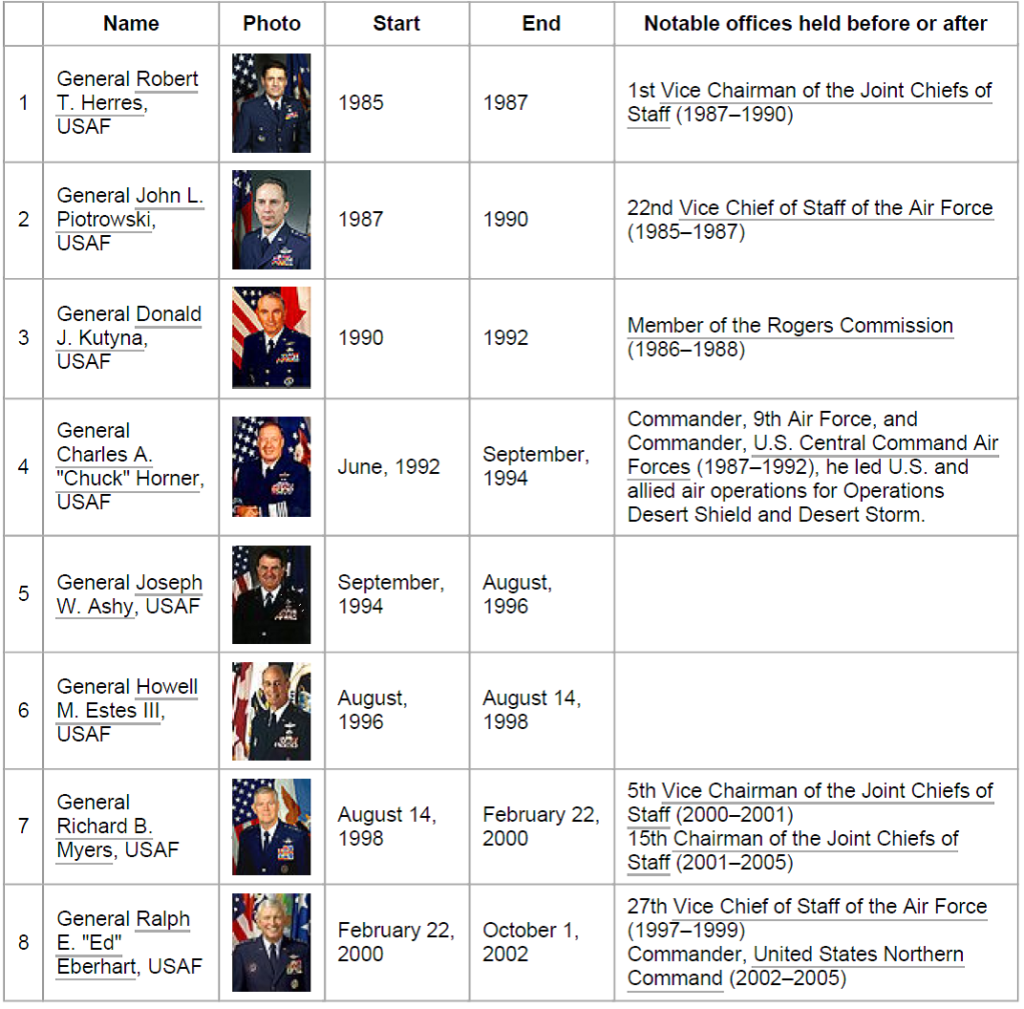“So far, the only promising [boost phase] defense system concept has been a space based or satellite borne interceptor. Such a system requires many thousands of interceptors in space, but at a given instant only a small fraction will be in a position to attack. The economic feasibility of such systems is heavily dependent upon equipment reliability and upon enemy countermeasures.” ~ Harold N. Beveridge in his 1960 Advanced Research Projects Agency (ARPA) ‘Project Defender” report to the Director of Research and Engineering
Thus, we have known since the earliest studies of how best to defend against ballistic missile attack that the most effective ballistic missile defense (BMD) systems would be based in space. As Beveridge stated in a preceding sentence, “A ballistic missile is more vulnerable in its propulsion or boost phase than in any subsequent part of its trajectory. At the same time, its identity is most difficult to conceal. These circumstances immediately suggest an early intercept system as an ideal solution to the defense problem. “
This challenge remains unmet, though we understood how to accomplish this objective 30-years ago with then available “commercial off the shelf” (COTS) technology via the most cost-effective product of President Ronald Reagan’s Strategic Defense Initiative (SDI). Championed by the first SDI Director USAF Lt. General Jim Abrahamson and shepherded by the second SDI Director USAF Lt. General George Monahan, a space-based interceptor system called “Brilliant Pebbles” became the first SDI concept approved by the Pentagon’s top Acquisition Executive to enter a Demonstration and Validation (DemVal) program in 1990.
It was my privilege as the third SDI Director to continue that important DemVal effort involving two competing contractor teams (down-selected from a competition between five contractor teams). Notably the manager of that “Brilliant Pebbles” task force reported directly to me and we worked to make that concept all it could be, in spite of outspoken congressional opposition, particularly by the Democrat Chairmen of the House and Senate Armed Services Committees – the HASC and SASC. Click here for Retired USAF Colonel Baucom’s 2004 history of this period in his “Rise and Fall of Brilliant Pebbles.”
The “Brilliant Pebbles,” or BP, space-based interceptor story is important because no subsequent administration of either party has sought to revive any aspect of that program after it was dismantled in early 1993 by Defense Secretary (and former HASC Chairman) Les Aspin, who as he said “took the stars out of Star Wars.” Baucom’s history should be required reading for all who want to understand how and why BP fell from favor, at least to avoid a repeat performance. Regrettably, false claims continue to block progress – including the capability of current technology and the cost of building such a system today.
To help understand that story, click here for an important 1992 report to congress discussing the merits of this most important SDI effort, dormant for almost 30 years. This completely open source report is worth reading if you wish to understand the concepts we were pursuing 30 years ago.
The Figure below from page 20 shows that the BP system (with 1000 space based interceptors) could intercept North Korean intercontinental ballistic missiles (ICBMs) beginning in their boost phase and throughout their further flight until after they begin their reentry into the atmosphere over the United States. Over a hundred independent intercept opportunities would be provided. Note numerous intercept opportunities against even relatively short range ballistic missiles would also be provided. (Analyses exploiting data from the 1991 Gulf War showed that every SCUD launched by Iraq could have been intercepted by the BP system concept we were then considering.)
Click here for links to my previous messages on this important effort, that potentially could be revived in conjunction with President Donald Trump proposed “Space Force,” the future of which is now being debated among the conferees to the SASC-HASC conference that will occur after the current August Congressional recess.
Its future, whether called a Space Command or Space Corps, is a bit unclear at this time — but no doubt will be decided within the next month.
As shown in the figure above, we have a “new” US Space Command, restored after a nearly 20 year hiatus beginning in 2002. See below for the past commanders. It remains to be seen whether the US Air Force and others will be better stewards of the nation’s military space effort this time around.
But we can afford and should build with today’s advanced technology a modern Brilliant Pebbles system as quickly as possible. Indeed, we should follow the original BP pattern at an accelerated pace to use today’s commercially available technology. Today’s technology should enable a less expensive system than the Pentagon’s independent cost estimators gave for development, testing deployment and operations for 20-years — $20-billion in today’s dollars, based on the detailed independent cost estimates in 1990.
I would emphasize today’s BP program management plan should revive a BP Task Force with the same dedication to success as was the original one. A BP Task Force, reporting directly to the SDI Director was then a necessary innovation because the Air Force resisted adapting the approach of exploiting the innovative ideas first advocated by the physicists and engineers of Lawrence Livermore National Laboratory (LLNL).
That Task Force should report to Defense Undersecretary of Defense for Research and Engineering Mike Griffin, who can accomplish this objective, if permitted to do so. But he will no doubt have continuing opposition, including most prominently from within the Air Force.
The Air Force bureaucracy during my watch constituted major impedance against innovation. Such continues — as evidenced by former Air Force Secretary Heather Wilson’s continuing opposition to the Space Development Agency that works for Mike Griffin to exploit commercially available technology that promises much more cost-effective space based systems.
In any case, I believe that a competent and independent Brilliant Pebbles Task Force should again aid Dr. Griffin efforts to revive Brilliant Pebbles — an objective I believe he would strongly support. After all, as my Deputy for Technology he did; and his previous contributions at the Applied Physics Laboratory and in supporting all MDA Directors have aided immeasurably to my confidence that, with President Trump’s interest and support, we can indeed revive the rapid development of a modern Brilliant Pebbles.
Bottom Lines.
Deliberation during the Congressional August Recess will likely determine near term support for the President’s Space Force and its future space defenses — including boost-phase intercept capabilities, now quite affordable based on technology in the commercial sector.
By working constructively toward such operational capabilities under appropriate congressional directives, the Pentagon can “kick start” President Trump’s Space Force — and by the end of his second term help dominate space as is his stated objective.
Stay tuned for next steps from the Pentagon, the White House Space Council and what comes from the Congressional August Recess.
What can you do?
Join us in praying for our nation, and for a rebirth of the freedom sought, achieved and passed to us by those who came before us.
Help us to spread our message to the grass roots and to encourage all “powers that be” to provide for the common defense as they are sworn to do.
Begin by passing this message to your friends and suggest they visit our webpage www.highfrontier.org, for more information. Also, please encourage your sphere of influence to sign up for our weekly e-newsletter.
Encourage them to review our past email messages, posted on www.highfrontier.org, to learn about many details related to the existential manmade and natural EMP threats and how we can protect America against them. I hope you will help us with our urgently needed efforts, which I will be discussing in future messages.
Click here to make a tax deductible gift. If you prefer to mail a check, Please send it High Frontier, 20 F Street 7th Floor, Washington, DC 20001.
E-Mail Message 190730
Please click here to read Past Weekly Updates!
Please help High Frontier continue this important and timely work!
Be sure to follow us on our Social Sites!
If you found this letter via our Social Sites, and you would like to subscribe, please click below!







